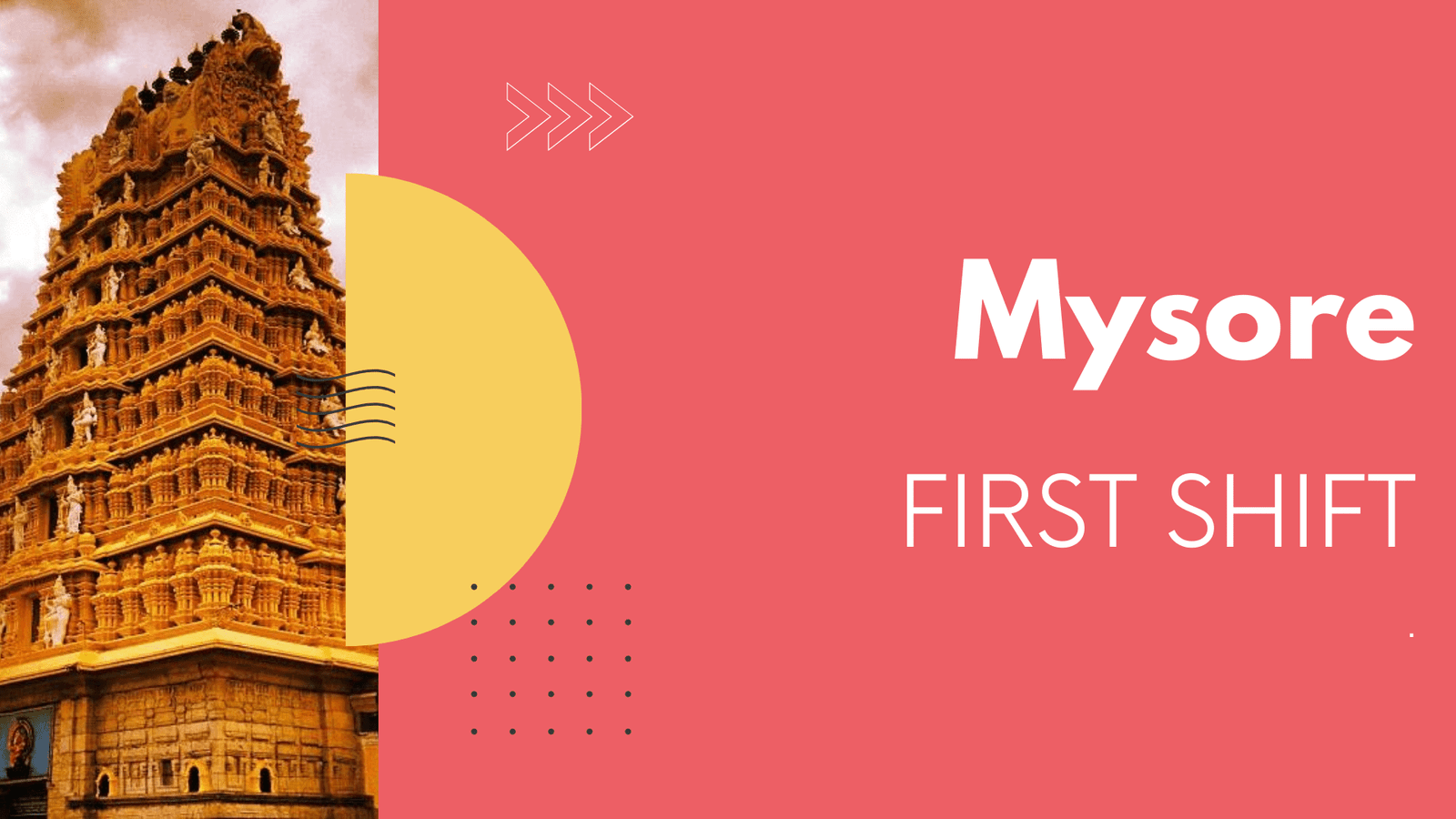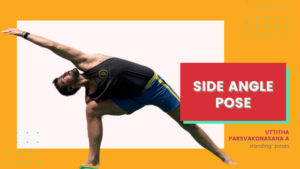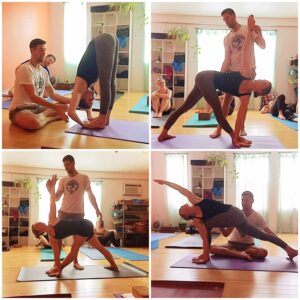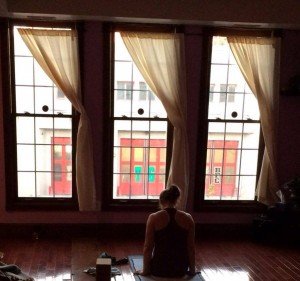Mysore Yoga Explained: A Complete Guide
Originating in the city of Mysore, India, Mysore yoga is a form of Vinyasa yoga that focuses on the yoga philosophy called “Ashtanga.” The class structure of Mysore yoga differs from traditional yoga classes. Rather than following a synchronized sequence of postures, students practice at their own pace, moving through a set series of asanas known as the Primary Series. This self-paced approach allows both beginners and seasoned practitioners to participate in the same class, benefiting from their own personal practice.
Accessibility is a key aspect of Mysore yoga. Regardless of your level of experience, Mysore yoga welcomes everyone. It is not necessary to have previous yoga experience or be able to perform challenging postures. Instead, Mysore yoga encourages a deep sense of focus and connection with oneself, offering a supportive environment for each individual’s yoga journey.
In the following sections of this guide, we will delve into the various aspects of Mysore yoga, exploring its philosophy, breath-centric practice, the significance of sun salutations, and the amazing benefits it brings to practitioners. We will also address common misconceptions and share practice experiences from both students and teachers. So, let’s join together and explore the transformative world of Mysore yoga.
What are the origins of Mysore yoga?
Mysore yoga, also known as Mysore-style Ashtanga yoga, traces its origins back to the Indian yoga guru K. Pattabhi Jois in Mysore, India. Jois developed the popular style of yoga, Ashtanga Vinyasa, using a teaching method known as the Mysore method.
The Mysore method stands out from other yoga practices as it focuses on providing individual attention to each student. In a traditional Mysore-style class, students practice at their own pace and receive personalized sequences of postures tailored to their abilities and needs.
Under the guidance of a trained yoga teacher, students progress through a set sequence of asanas or postures, beginning with the primary series and gradually moving on to more challenging postures. This method allows students to develop a deep sense of focus and a powerful personal practice.
Mysore yoga, with its emphasis on individual attention, allows for a deeper understanding of the yoga postures and the breath with movement. This style of yoga is accessible to practitioners of all levels, from beginners to seasoned practitioners. It is not necessary to have previous yoga experience to practice Mysore-style Ashtanga yoga.
In conclusion, Mysore yoga, rooted in the teachings of K. Pattabhi Jois, offers a unique and personal approach to yoga practice. With its focus on individual attention and personalized sequences, this style of yoga offers an opportunity for practitioners to build a strong foundation and experience the amazing benefits of a regular yoga practice.
So, What is Mysore yoga?
Mysore yoga is not just a particular style of yoga, but rather a unique method of teaching that emphasizes individualized instruction within a group setting. Named after the city in India where it originated, Mysore-style yoga was developed by Sri K. Pattabhi Jois and continues to be passed down by his students and their students.
In Mysore yoga, students are not led through a structured class or given a set sequence of postures to follow. Instead, they practice at their own pace, moving through a set sequence of asanas (postures) called the Primary Series. This allows for a deep sense of focus and a personal connection with the practice.
The Mysore teacher provides personalized guidance and adjustments to each student, offering the necessary support to help them progress in their practice. This individual attention allows students to develop a deeper understanding of the postures and how they work within their own bodies.
Whether you are a beginner or an experienced practitioner, Mysore yoga offers a space for students of all levels to practice together, each at their own stage of the sequence. This fosters a sense of community and support as students can share their practice experiences and learn from one another.
In summary, Mysore yoga is a method of teaching that emphasizes individualized instruction, allowing students to follow their own sequences and focus on their personal practice. With the guidance of a Mysore teacher, students can deepen their understanding of yoga and experience the amazing benefits it offers.
Emphasis On Self-Practice
Self-practice can be a powerful tool for deepening our connection to yogic practice. By learning the fundamentals of asana and developing proficiency in performing them away from the teacher’s guidance, practitioners have the opportunity to gain a level of autonomy over their practice that promotes greater ownership. Ashtanga Yoga Mysore is tailored specifically to this, encouraging concentrated effort and continuous study, so that practitioners are qualified enough to enter into long bouts of practice on their own with a competent level of understanding.
When we move away from needing external instruction and begin cultivating our own individual practices, it is like stepping into our own personal inner sanctuary – unencumbered by judgement or external expectations, allowing us to listen more deeply within ourselves and better sense what our own bodies need. With consistent self-practice comes an emergence of clarity and poise in our relationship both with our body and mind; perhaps this could become an even stronger form of silent meditation for some serious seekers. Taking such a direct approach gives us complete autonomy over our journey through yoga: how far do you want to go?
A Balance of Strength & Flexibility
The practice of yoga offers a great balance between physical strength and flexibility. Milder practices, such as Yin Yoga, can be used to quickly relax the mind and achieve a greater degree of bodily flexibility. This style of yoga focuses on holding longer-held postures for extended periods of time, allowing the body to sink further into flexibility and deep stretching. On the other side of the spectrum, Ashtanga Yoga – Mysore style is quite different: it combines flexibility with physical strength. Through a carefully structured series of postures which are combined with breathing exercises, Ashtanga provides an intense full-body workout that builds strength over time.
Practitioners who take advantage of this kind of balanced approach to their practice often report feeling more open, lighter in the limbs, stronger and energised after their routine is complete. This sense of physical rejuvenation comes mainly from being able to stretch beyond what was previously possible due to increased flexibility, whilst also imposing upon oneself challenging bouts of stamina with increased strength training. By taking a balanced approach one can benefit from experiencing all that yoga has to offer – both physically and mentally alike!
6 Benefits of Mysore Style Ashtanga Yoga
Mysore style Ashtanga yoga is a traditional and dynamic style of yoga that offers numerous benefits for practitioners. With its focus on individual attention and personal practice, this style of yoga allows students to deepen their understanding of the practice and tailor it to their own unique needs. Here are six amazing benefits of Mysore style Ashtanga yoga:
1. Personalized Practice:
Unlike a typical yoga class, Mysore style allows each student to do their asana practice at their own pace and level. With a teacher providing personal attention, hands-on adjustments and guidance, students are able to work on the specific areas that need attention, making the practice truly tailored to their individual needs.
2. Deep Sense of Focus:
Ashtanga vinyasa yoga taught in the Mysore Style emphasizes the synchronization of breath with movement, creating a deep sense of focus and meditation-in-motion. Through the precise sequencing of postures, students learn to cultivate concentration and be fully present in the practice, developing a stronger mind-body connection.
3. Increased Strength and Flexibility:
With its dynamic and flowing nature, Mysore yoga helps build strength and flexibility throughout the entire body. The series of asanas, or postures, are designed to systematically open and strengthen the muscles, providing a balanced and holistic physical practice.
4. Deeper Understanding of Yoga Philosophy:
Mysore style Ashtanga yoga not only focuses on the physical aspect of the practice but also incorporates aspects of yoga philosophy. By studying and practicing the eight limbs of Ashtanga yoga, students gain a greater understanding of the spiritual and philosophical aspects of the tradition.
5. Sense of Community and Support:
Practicing Mysore style yoga in a group setting creates a supportive and welcoming community. Experienced students often practice alongside beginners, creating a collaborative and encouraging environment where individuals can share their practice experiences and support one another’s growth.
6. Consistent Daily Practice:
Mysore style Ashtanga yoga encourages regular practice, ideally done daily. This consistent commitment to the practice allows for steady progress and deep transformation. This makes things different than most yoga studios. With time and dedication, students can experience profound changes in their physical, mental, and spiritual well-being.
Mysore style Ashtanga yoga offers a unique and personal yoga experience, allowing students to cultivate a deeper understanding of their bodies, minds, and the practice itself. With its numerous benefits, it is no wonder why Mysore style is gaining popularity among practitioners of all levels.
4 Reasons to Practice Ashtanga vs Other Styles
#1: Faster Improvements
One of the key benefits of practicing Mysore-style Ashtanga yoga is the ability to experience faster improvements in your practice. Mysore yoga, named after the city of Mysore in India where it was developed by Sri K. Pattabhi Jois, offers a unique and personalized approach to yoga practice that can greatly accelerate progress and increase confidence.
In Mysore classes, the teacher provides one-on-one teaching, allowing them to closely monitor and correct your alignment and form. This individual attention ensures that you are performing each posture correctly, optimizing your practice and preventing any potential injuries. The teacher guides you through the sequence of postures at a pace that suits your personal abilities, gradually introducing new asanas as you progress.
This personalized approach not only helps you to perfect your form but also deepens your understanding of the practice. With the teacher’s guidance, you can work on challenging postures and develop a sense of focus and concentration that can be carried over into other aspects of your life.
Whether you are a beginner or an experienced practitioner, Mysore-style Ashtanga yoga offers amazing benefits. By receiving the teacher’s guidance and corrections, you can make faster improvements in your practice, build strength and flexibility, and gain a deeper connection to yourself and the yoga tradition.
#2: Reduced Risk of Injury
Mysore-style Ashtanga yoga offers a reduced risk of injury due to its unique approach to practice. One of the key aspects is the tailored practice for each individual, ensuring a slow build-up to more advanced postures. This personalized approach allows beginners to gradually strengthen their bodies and increase their flexibility over time, minimizing the likelihood of strain or injury.
In addition, Mysore-style classes provide increased assistance and hands-on adjustments from experienced teachers. These adjustments help students find the correct alignment in each posture, avoiding any potential misalignment that could result in injury. The instructors provide individual attention, guiding and supporting students to safely deepen their practice.
The emphasis on correct alignment and slow progression allows practitioners to develop a deeper understanding of their bodies and establish a strong foundation in the practice. As students advance, they continue to receive support and guidance to explore more challenging postures at their own pace, further reducing the risk of injury.
By practicing Mysore-style Ashtanga yoga, students can experience the amazing benefits of yoga while minimizing the risk of injury. The tailored practice, slow build-up, hands-on adjustments, and correct alignment foster a deep sense of focus, strength, and flexibility, allowing individuals to embark on a safe and rewarding yoga journey.
#3: Personal Exploration
Mysore style Ashtanga Yoga offers a unique approach to yoga practice that prioritizes personal exploration and self-discovery. Unlike traditional yoga classes, Mysore yoga allows practitioners to focus on their own bodies, breath, and spirit, rather than trying to keep up with the actions of others.
In Mysore style, each individual has the freedom to move through the practice at their own pace and follow a personalized sequence of postures. This means that beginners and experienced practitioners alike can coexist in the same space, each working on their own unique sequence and deepening their understanding of the practice.
This emphasis on personal exploration creates a deep sense of focus and connection to the body. Practitioners are encouraged to listen to their bodies, making modifications and adjustments as needed. This individual attention allows for a more intimate understanding of the practice and a chance to cultivate a deeper connection with oneself.
Mysore style Ashtanga Yoga is an incredible opportunity for personal growth and transformation. It allows practitioners to go beyond the physical postures and delve into the realms of the breath and spirit. By following their own authentic path, students are able to experience the amazing benefits that this style of yoga has to offer and embark on a profound yoga journey of exploration and self-discovery.
#4: Self-sufficiency
In the realm of Mysore-style Ashtanga yoga, self-sufficiency reigns supreme. This unique approach to yoga practice fosters a sense of independence and confidence, enabling individuals to take ownership of their own journey on the mat.
Unlike traditional yoga classes where the teacher guides the entire group through a set sequence of postures, Mysore-style Ashtanga yoga operates on the principle of self-led practice. Students work through a predetermined series of postures at their own pace, focusing on the breath and the internal sensations of each movement. This encourages practitioners to develop a deep sense of self-awareness and to stay present within their own bodies.
One of the major benefits of developing a self-sufficient practice is the ability to take it anywhere. Mysore-style classes are offered worldwide, allowing individuals to maintain their routine while traveling or living in different locations. This flexibility empowers students to continue their yoga journey independently, wherever they may be.
Ashtanga yoga Mysore style encourages self-sufficiency, independence, and confidence. Through one-on-one teaching and personalized attention, practitioners learn to notice and correct their own mistakes, cultivating a deeper understanding of their bodies and their practice. The availability of Mysore-style classes worldwide allows individuals to maintain their practice and continue growing, no matter where life takes them.








